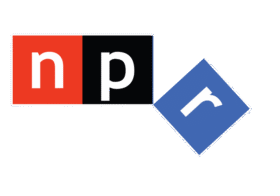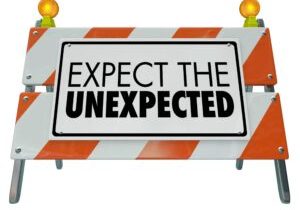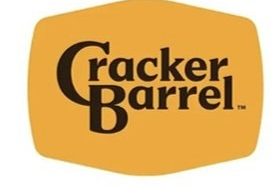
Today’s #TBT choice of posts was a bit unusual for me. Typically, I don’t pull an “oldie” from 2020 because it was such an anomalous year. Not surprisingly, the pandemic had a way of showing up in most posts from that trying year. And now five years later, the content is dated, or better put, out of context what what’s going on now.
But today’s blast from the past is a post from 2020 with a lot of “stick.” My idea five years ago was to use the ravages of the pandemic as a motivator to purge content, tired practices, and other concepts that had outlived their usefulness (or profitability).
While we may not be enduring anything quite like COVID this summer, there’s no question the radio broadcasting business is in the middle of a maelstrom of a different type. A look at quarterly reports throughout our industry over the past week reveals many companies mired in debt, poor financial performances, and in the process of restating their goals to Wall Street. If CEOs are serious about “getting off the schneid,” it will mean eliminating some of the long-term habits and traditional policies that are no longer relevant or productive to the organization.
But there’s an art to the practice of “zombie killing.” How many times have we watched radio companies rid themselves of truly talented, motivated employees because their compensation crossed some arbitrary threshold on a spreadsheet? How many castoffs during various RIFs have gone on to distinguish themselves in their next jobs?
Cuts for the sake of cutting almost always bite companies where it often hurts. Zombies may not be pretty or charming. But sometimes, they just might surprise you with their reanimated talents. – FJ
August 2020
A major news story from Coca-Cola headquarters last month came as a big surprise to me. In case you missed it, they killed off their Odwalla juice smoothie brand in an effort to shift priorities, especially given changing consumer needs.
The shocking part wasn’t the decision by the Coke team – it was that I’d never heard of Odwalla.
A trip to your local grocery or supermarket reveals an impossible-to-navigate mélange of soft drink, juice, and water brands, not to mention energy drinks and alcoholic beverages. Somehow, the Odwalla brand never cut through with me – but also most people, based on less-than-impressive impact in the marketplace.
Maybe part of the issue was Odwalla’s marketing effort. I found a number of different campaigns, none of which appears to have cut through. This is a good example of a forgettable commercial – and brand.
Even big companies sometimes have to learn the hard way. They may have incredible resources and history, but even a corporation the size of Coke only has so much bandwidth. CNN Business reports that, in fact, Coca-Cola alone has 400 brands. And according to their CEO, James Quincey, more than half have “little to no scale,” contributing a meager 2% of total revenue.
Yet, they take up space – not just on store shelves, but in human and financial resources at Coke. And these days, there’s no room for “zombie brands” – products that are the beverage version of the walking dead.
As you might imagine, there’s no shortage of consumer research for Coke’s analysts to study. CNN Business reporter, Alicia Wallace, also reports that “freestyle” soda machines are packed with data about the brands consumers choose – and the ones they combine to make their custom beverages.
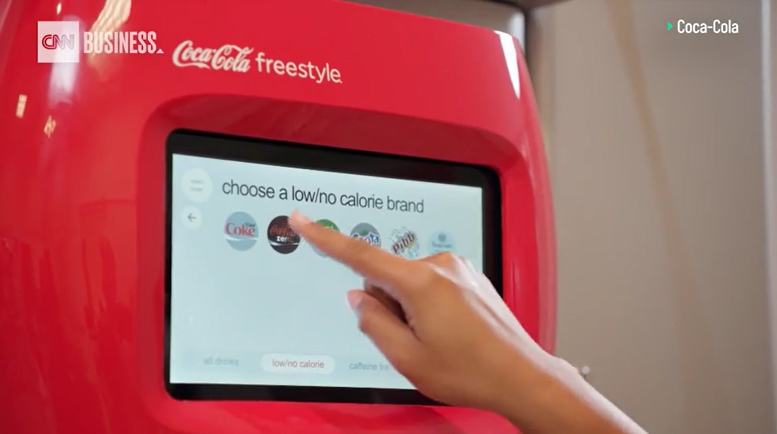
Coke’s realization that “more is not more” is permeating the company, sharpening its focus on “prioritizing fewer but bigger and stronger brands.”
This is part of a longer-term effort of “identifying and killing zombie brands.” In the first six months of 2019, Coke deep-sixed more than 275 different products.
So, what does this process of brand elimination mean to radio?
Corporately, the philosophy that owning a half a dozen stations in every market has turned out to be a mixed blessing. On the one hand, there’s strength in numbers. But on the other, most clusters have a station (or two) performing about as well as Odwalla.
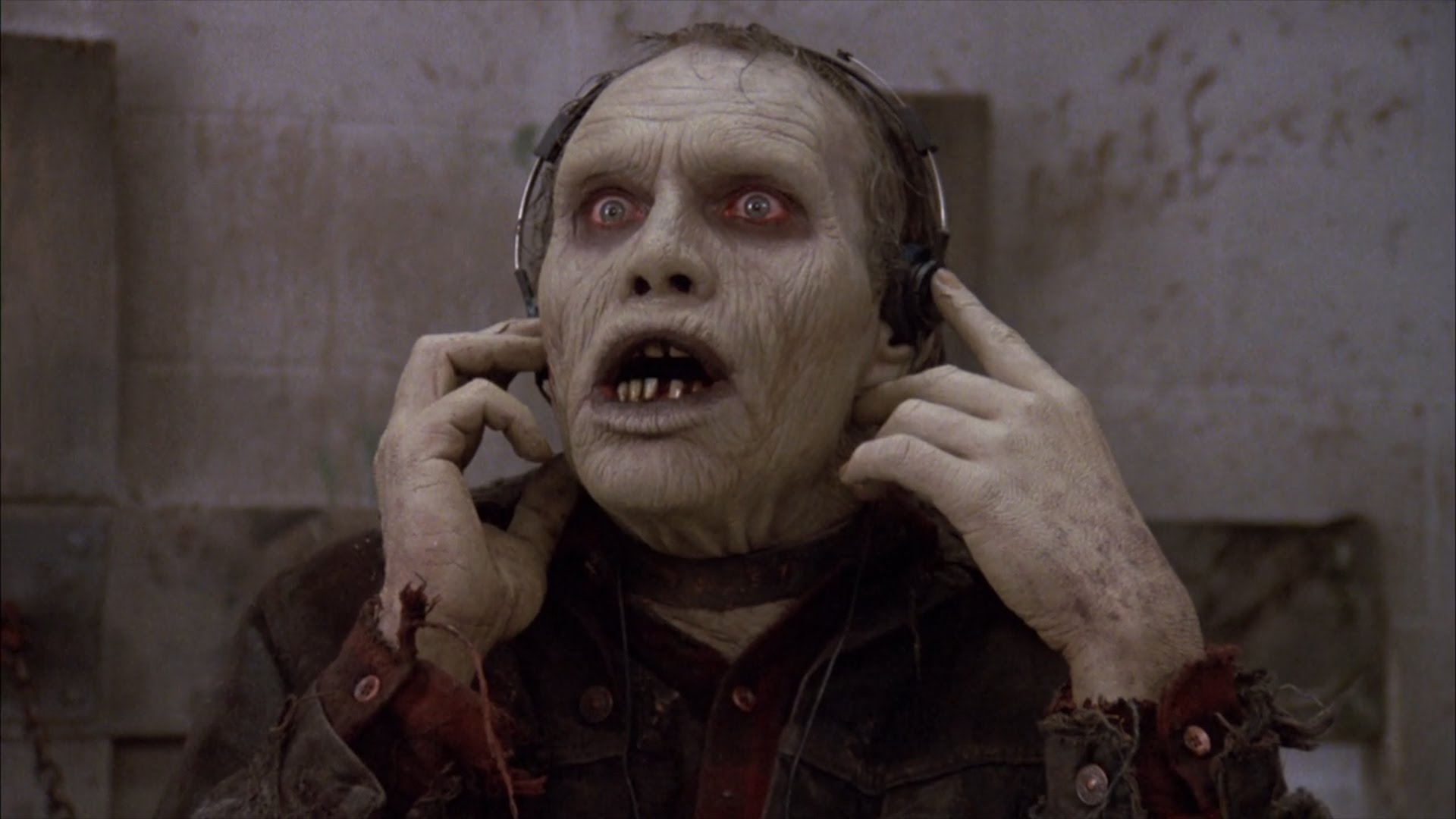 Employing the “zombie brand” strategy might mean several things – including concentrating more resources on the one or two best stations in the cluster, ensuring their health and welfare. Clearly, staff and finances are both in short supply, so marshaling what’s left to support the best stations in the building might make even more sense in our COVID-infused business world.
Employing the “zombie brand” strategy might mean several things – including concentrating more resources on the one or two best stations in the cluster, ensuring their health and welfare. Clearly, staff and finances are both in short supply, so marshaling what’s left to support the best stations in the building might make even more sense in our COVID-infused business world.
Looking across its portfolios, how many broadcast radio companies are supporting weak, problematic stations year after year, when those resources could be used to build or at least prop up the stations that are cash flowing?
On the digital front, it might very well be a similar set of circumstances. In their rush to build modern assets, some companies may find they “over-built,” investing resources in so many digital directions that none is cutting through. Paul Jacobs has seen this phenomenon in his many sales meetings in recent years – salespeople are often tasked with selling too many digital products, making it difficult for the best performing of the lot to get their due.
Podcasting provides another good example, a vertical where only a small percentage of shows truly generate significant revenue. Of course, public ![]() radio has led the radio broadcasting league with its podcasts. And over time, producers like NPR and WNYC Studios have learned that while it’s always desirable to create more hits, having too many podcasts on the shelf can detract from those that have a bona fide chance to be successful.
radio has led the radio broadcasting league with its podcasts. And over time, producers like NPR and WNYC Studios have learned that while it’s always desirable to create more hits, having too many podcasts on the shelf can detract from those that have a bona fide chance to be successful.
As Coke’s James Quincey would no doubt agree, eliminating those “zombie podcasts” can be a healthy process.
And program directors may be thinking along these same lines, especially when it comes to features, benchmarks, weekend shows, and other programming hooks that have become “the walking dead.”
Ries & Trout’s “Law of Sacrifice” comes into play here, because like commercial inventory, there are only so many promo positions available. When PDs are messaging too many things, very little cuts through.
We see this playing out in email newsletters as well. “Zombie promotions” can obscure the main messages programmers and sales marketers need to get across. When stations’ emails contain a half dozen (or more) items, the one or two most important ones often get lost in the noise.
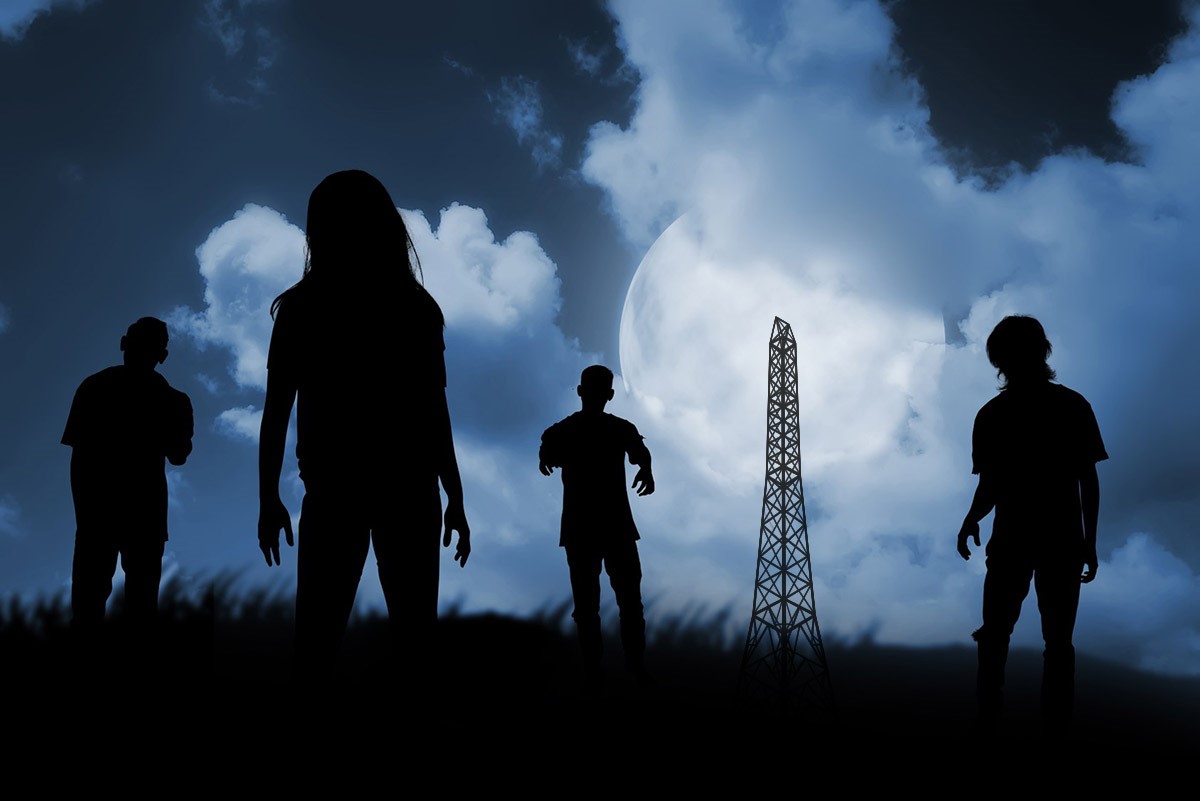 We’re also seeing the same phenomenon play out with charity and public service functions. Stations often become frustrated when the research comes back and they’re well behind in winning “the station that’s most involved with the community” perception – especially when they’re supporting myriad good causes and worthy charities throughout the course of the year.
We’re also seeing the same phenomenon play out with charity and public service functions. Stations often become frustrated when the research comes back and they’re well behind in winning “the station that’s most involved with the community” perception – especially when they’re supporting myriad good causes and worthy charities throughout the course of the year.
Concentrated efforts – which might very well translate into winnowing the number of charity affairs, fundraisers, and other benevolent activities – stand a better chance of succeeding when there are fewer of them for splintered staffers to support.
In the process, promotion managers can take a hard look at charity partners to ascertain which are the best collaborators versus those that simply mail their efforts in. The end result could very likely be more success for fewer charity partners, as well as better audience perceptions and more brand equity for stations making the effort.
There are “zombies in our midst” – or perhaps better put, “Odwallas” – no matter where you look. As painful as COVID-19 has been, its roiling effects stimulate us to take a little healthy inventory into our businesses, our radio stations, – and perhaps our personal lives – to examine where our time and efforts are being spent.
And I’m reminded there are likely “zombie blog posts” – the standouts that have an impact and resonate with you, but also those that come and go, 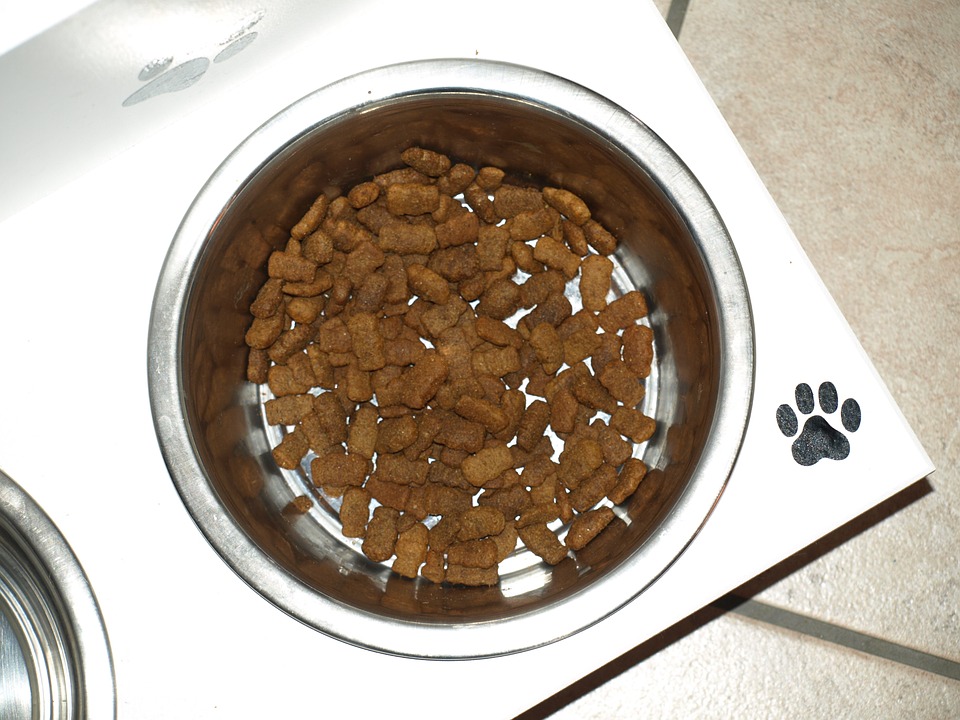 are forgettable, or simply miss the mark.
are forgettable, or simply miss the mark.
JacoBLOG might benefit from me eating my own dog food here. Fewer blog posts each week (there’s been a new one every weekday for more than 15 years) versus just one or two across most workweeks might be a fair question.
You tell me. The last thing we all want is a bunch of zombies hanging around.
Originally published by Jacobs Media

